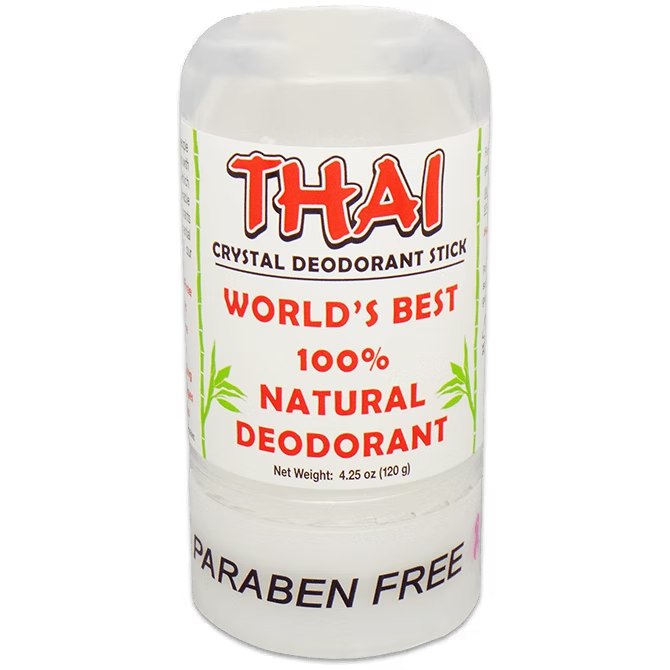Moving to a New Place
My husband and I recently decided to move from our one-bedroom apartment to a two-bedroom place closer to my parents. Although it adds a bit more to our daily commute, we’re on a hybrid work schedule, so it felt manageable—and worth it. After a hectic weekend of moving boxes and getting our furniture set up, we were ready to unwind, enjoy some take-out, and spend our first night in the new apartment. Before I talk about the water filter replacements in the bathroom, I want to share that we had already replaced our standard Brita water filters for a Reverse Osmosis Water Filter in our previous apartment. To read more about that, check out our blog post. That was the first step on our journey.
The average levels of fluoride in tap water + the known levels in NJ we just didn’t feel like the water was very good. Little did we know that after one night in our new apartment triggered us to filter the water in the bathroom. We hadn’t done that in our old apartment and didn’t feel the need to but after our first shower, it was decided we need a filtered water bathroom.
First Red Flag: Dry Skin and Allergic Reactions
Once we finally settled in, we hopped in the shower. Within minutes, I noticed my skin felt extremely dry. My husband’s reaction was even worse—he has a history of allergies, but this time, his skin turned red. We think it was an allergic reaction. It was alarming and definitely not the “relaxing first night” we’d envisioned. We immediately started to test the shower in the other bathroom (we have a 2 bed 2 bath) and it felt the same. We also noticed that the shower cabin had streaks of residue (which you see when the water is very hard).
Digging Into Water Quality Concerns
We decided to do some research and, sure enough, we found a lot of evidence pointing to water quality issues in our new neighborhood. Local news articles, Facebook groups, Nextdoor discussions, and Reddit threads all mentioned concerns about contaminants in the tap water. There were a ton of posts by local residents (some who have been living here since the ’70’s) who said that they always had filtered water. Not just as their drinking water, even when they boil water they used filtered water. If it was this bad, we knew we needed a filtered water bathroom.
This wasn’t our first introduction to water quality problems. About two years ago, we started reading about fluoride in tap water potentially acting as an endocrine disruptor. That’s when we bought a Simpure countertop reverse osmosis system for our old apartment—primarily for drinking water. But our new place seemed to have more widespread issues, especially if showering could trigger such a severe skin reaction for my husband.
Understanding the Risks
The Environmental Working Group (EWG) website is an excellent resource for learning about the quality of local water. According to their data, 18 out of 38 contaminants in our area exceed recommended guidelines. On top of that, in just the last three months, there were 12 posts on the community Facebook group and seven on Nextdoor about the water quality. Some longtime residents (dating back to the 1970s) even said they’d used water filters for decades. Clearly, this wasn’t a new problem.
For us, the biggest question was: if showering causes a rash, what happens when we brush our teeth? Or, more importantly, what would it mean for our soon-to-be newborn? We needed a solution—fast.
Our Solution: Water Filters
1. Tap Filter
Since we brush our teeth and wash our hands at the sink, we needed a tap filter immediately. We chose the FilterBaby because it claimed to remove up to 99% of chlorine and other contaminants. Installation was a bit tricky due to built-up limestone on the faucet. Soaking the faucet in vinegar (or any descaler) helped loosen it enough to install the filter.
Once it was up and running, we noticed a significant improvement: the water felt softer, and our skin stopped reacting aggressively. The taste was also less “salty,” which was a pleasant surprise.
2. Shower Filters
We have two bathrooms, and unfortunately, the shower setups differ. One filter was too bulky for the master bathroom’s sideways showerhead, so we had to buy different solutions:
- Large In-Line Shower Filter: We attached a bigger, in-line filter between the showerhead and the pipe in the guest bathroom. It fit nicely there and made a noticeable difference in the water quality.
- Cobbe Showerhead: For the master bathroom, where space was limited, we used the Cobbe showerhead with a built-in filter. This showerhead was more compact and installed easily.
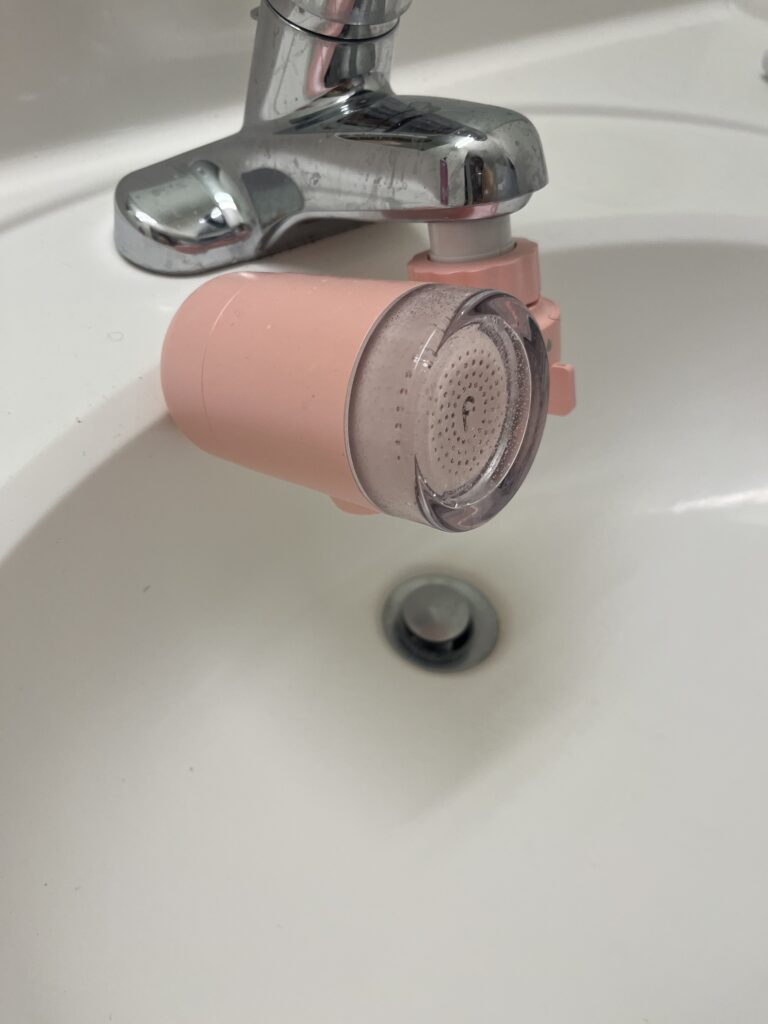
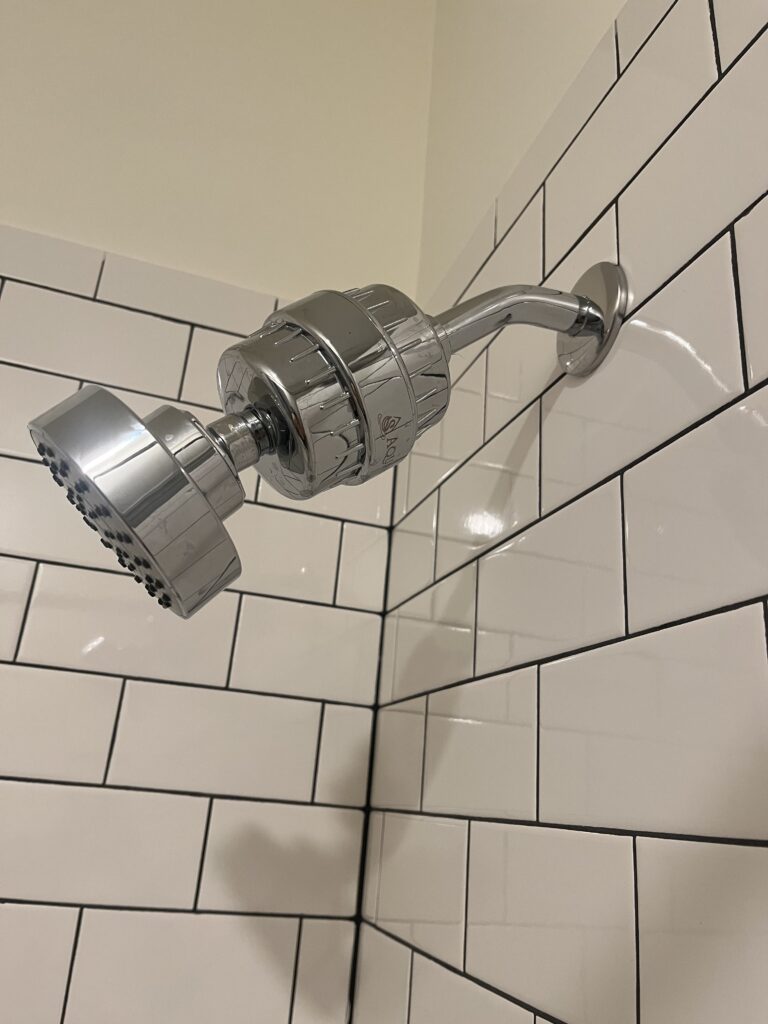
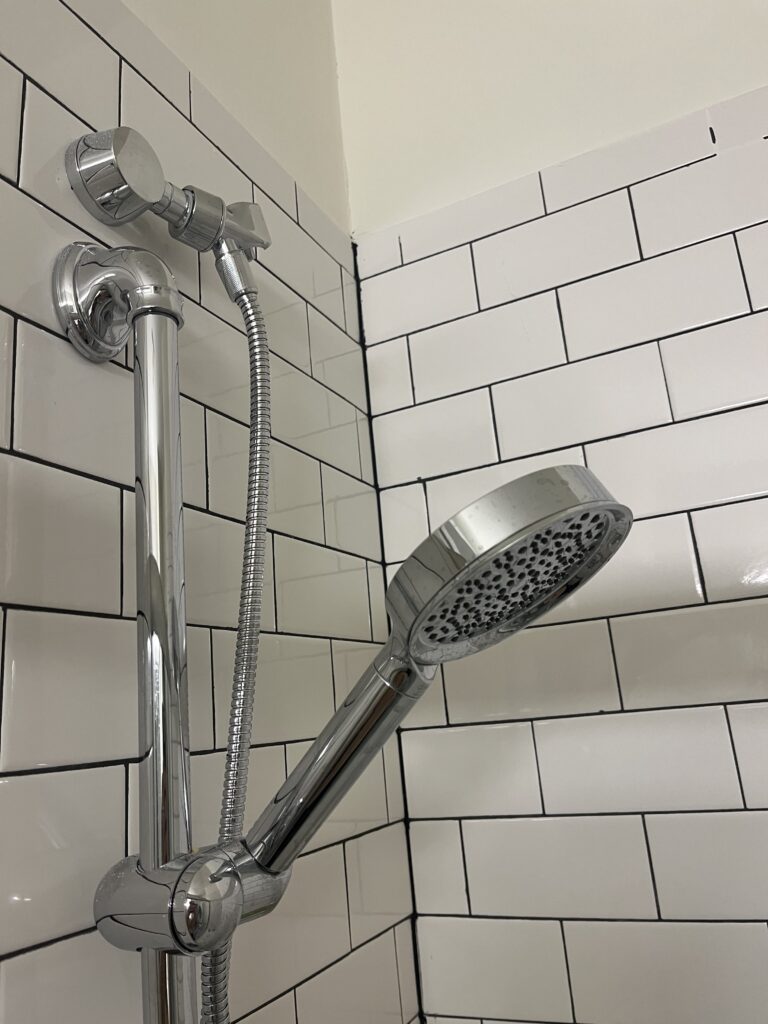
Between these three different brands (the tap filter by Filterbaby, the Aquabliss shower filter, and the Cobbe showerhead), our skin and hair improved drastically. My husband’s severe reactions disappeared, and we felt much more comfortable about our water—especially with a newborn on the way.
Our Advice
- Research Water Quality Before Moving
If you’re planning a move, check local news sources, Facebook groups, and Nextdoor for firsthand accounts. You might not find water quality issues listed in apartment reviews, but community discussions often reveal what residents are really experiencing. - Use EWG and Other Resources
Websites like EWG provide detailed water quality reports. It’s a good starting point to see if there are contaminants in your local water supply. - Don’t Panic—There Are Solutions
From countertop reverse osmosis systems to faucet filters and showerhead filters, there’s a range of options to fit different needs and budgets. Even installing just one filter can significantly reduce contaminants. - Test and Observe
If you notice changes in your skin, hair, or even taste, that might indicate an issue with your water. Pay attention to these signs and take action early.
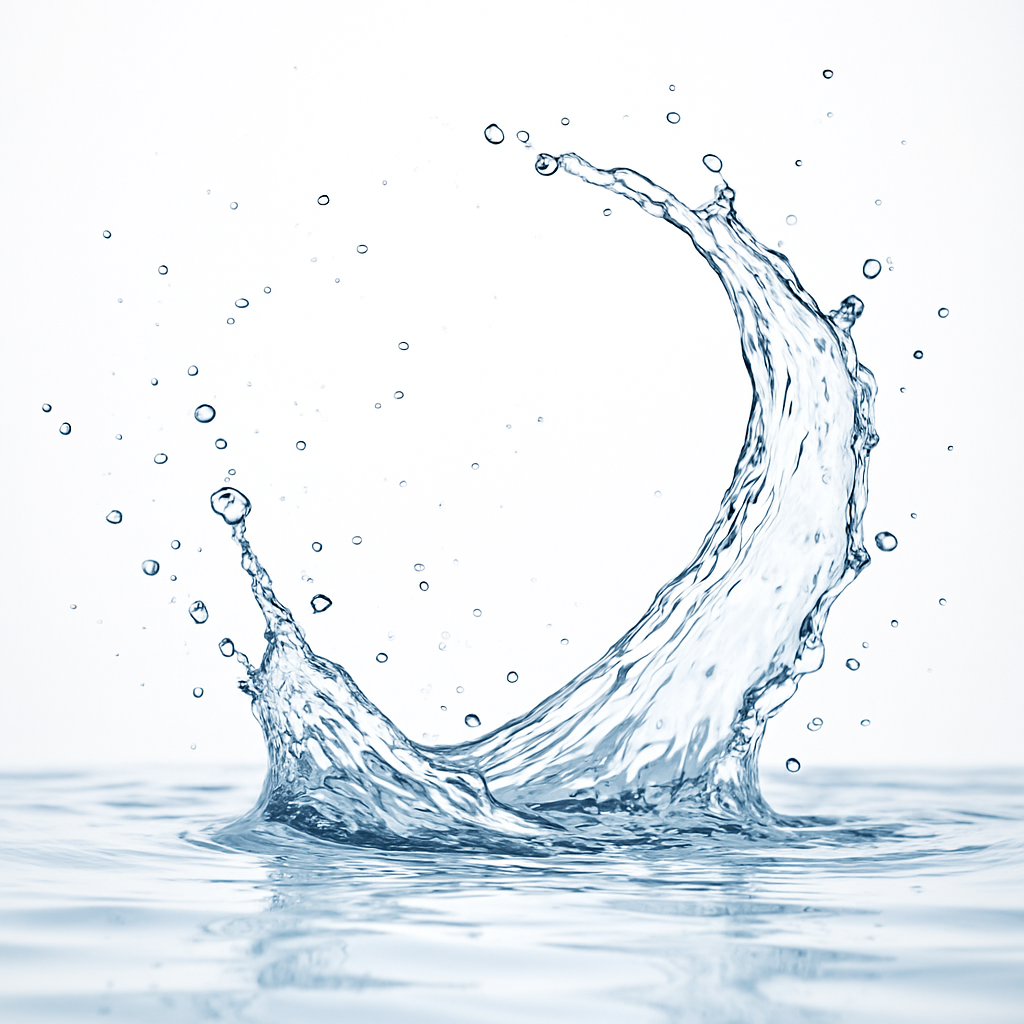
Final Thoughts
Water quality varies dramatically from one neighborhood to the next, and it’s not always apparent until you experience a problem firsthand. However, with the right research and a few well-chosen products, you can protect yourself and your family from harmful contaminants.
Whether it’s a dealbreaker for moving or just another consideration to address, being informed about your water is crucial. We feel at ease knowing we’ve taken steps to filter out harmful substances and going as far as having a filtered water bathroom. If you’re facing a similar situation, rest assured—there are plenty of tools and resources available to help you find a solution that works for your home.
Good luck, and here’s to cleaner, safer water!
